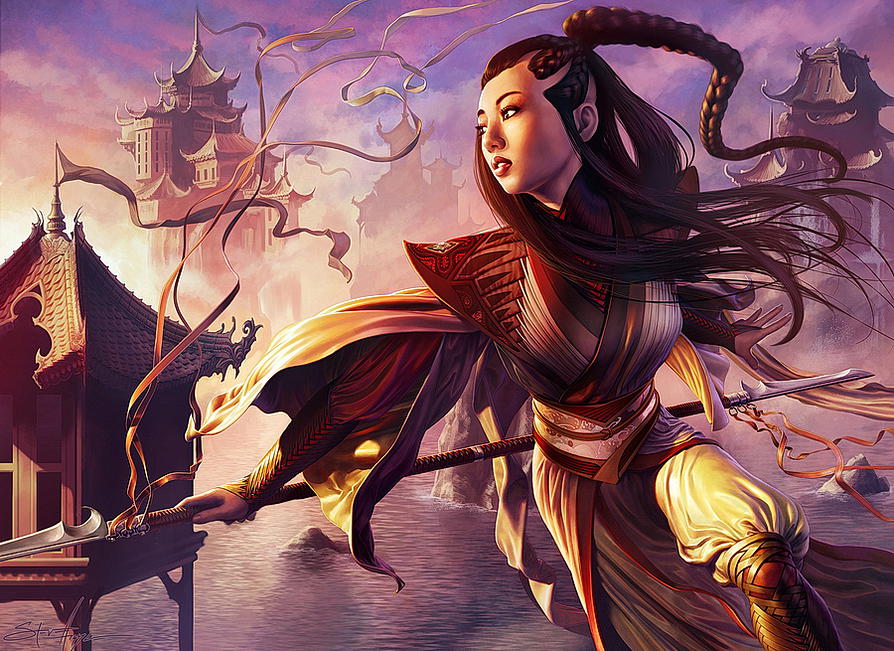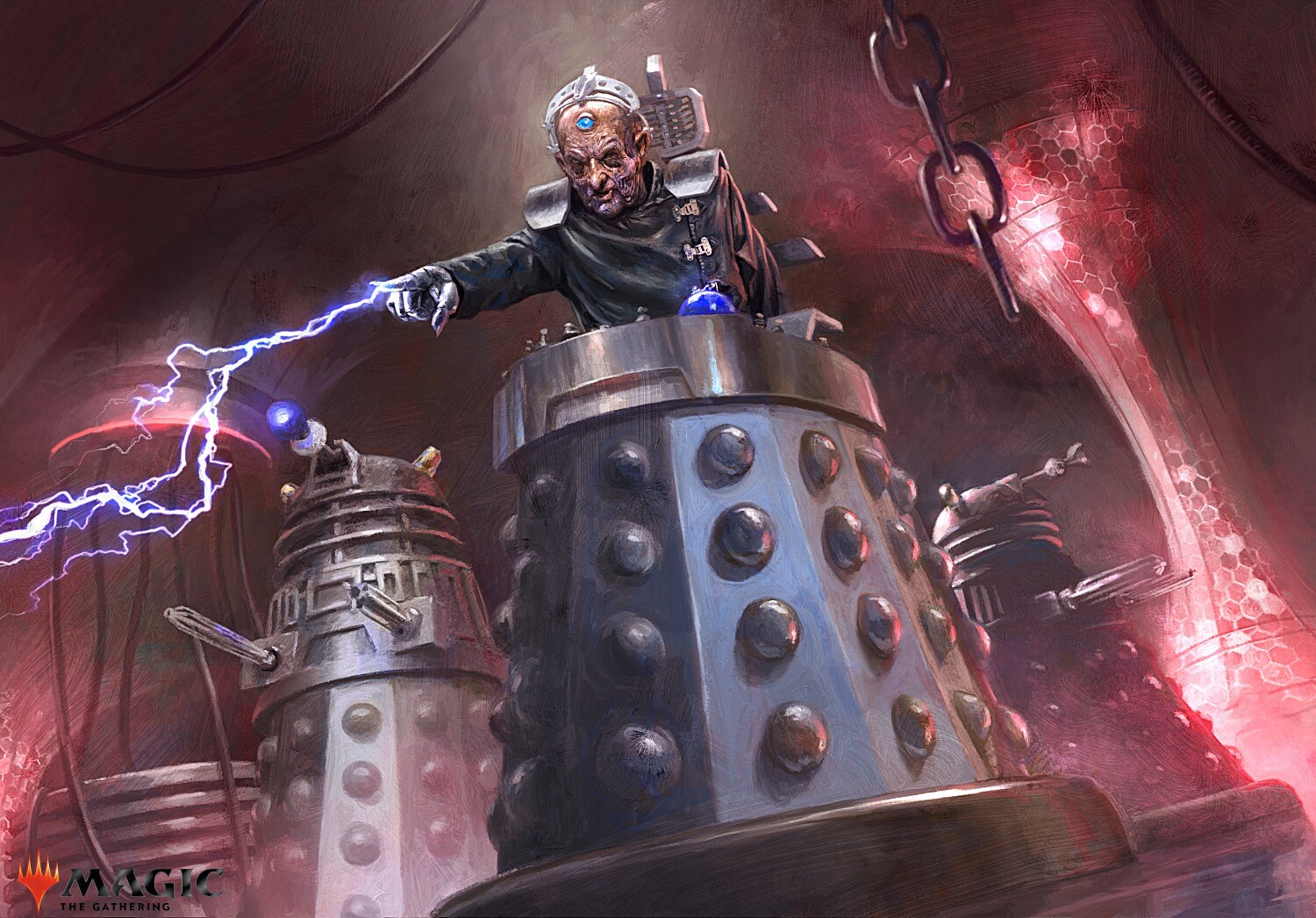How I Broke Into Magic Online
By Roy AndersonMagic Online (MTGO) is Wizards of the Coast’s digital version of Magic: the Gathering, for anyone who is unfamiliar. It is host to every format and card you can think of. On top of that, it allows you to play high-level magic at almost any time of day! Imagine my excitement when I first stumbled on this amazing software. However, there was one elephant (token) in the room that I just couldn’t remove and that was the cost to play.
Bringing down the cost
Like most people, I don’t have massive amounts of expendable income. I already play the paper version and almost never miss a Friday Night Magic (FNM) or Prerelease at my local game store (LGS.) This puts me in a position where, given my income, playing both online and offline regularly just isn’t going to happen. BUT WAIT! We have to at least try to get the most out of a limited budget. In this article, I am going to tell you how I broke into MTGO and grew my investment in order to limit the amount I would need to spend in the future.
So when I first looked at MTGO, I tried to figure out which events would give the most payout for the lowest investment. After evaluating my options, I figured out Standard queues would yield a reasonable amount of prizes with a relatively low risk. With this option, there was a small start-up cost, however, unlike draft, there was less capital needed to enter each tournament.
Obviously, if constructed is my game, I was in need of a deck. Since the name of the game was economics, the deck had to be cheap. I began looking at deck lists online and browsing Gatherer (Magic’s card database) in order to construct a list. Finally, I found a relatively cheap list that won a few standard tournaments in different forms and I figured I could make it work. What deck was it you ask? Well, it was none other than our good friend, Red Deck Wins (RDW)! After price checking the cards needed to construct this list, I had a thought. I am sure I can cut some corners and make it even cheaper! Eidolon of the Great Revel is a strong in RDW, however, the cost of a play set was high so I decided to take it out. I also replaced some slightly more efficient removal and changed the number of certain creatures in my list to reduce cost.
RDW Aggro Standard list by Roy Anderson
Now as you can probably see by this deck list, there is not too much power in this deck. The deck is mostly chalked full of cheap creatures with efficient removal/burn and ways to “punch through” to your opponents life total. On the other side, you also probably don’t see too much cost in this deck either. This is especially true for MTGO as prices are scaled down slightly due to a smaller demand. The only card that is worth a decent amount of money are the Stoke the Flames. I found that card too important to cut as it has the potential to kill so many creatures in the format as well as burn enormous amounts of damage.
Sideboard
This sideboard may appear to be filled with crap, and to a degree, you would be correct. Some of the cards here are really cheap and poor answers to certain threats that the deck would otherwise lose too. For example, Torch Fiend for Whip of Erebos, Harness By force for midrange matchup, and Bring Low for Abzan (I guess). However, some of these cards are really big all-stars in the right matchup and no one ever sees some of them coming. Scouring Sands pings (deals one damage to) each creature your opponents control and gives you scry one for a nice cherry on top. This is very good against Jeskai Tokens, Aggro Mirrors, and also gave me some scraping wins by breaking me through a swarm of hornets. Searing Blood is also very efficient creature removal in the current standard format. This is another card that comes in against other creature decks.
Breaking it down
Overall, at the time of purchasing this deck, the overall cost was approximately 20 dollars. For anyone who plays Magic, they can’t help but smile at that price for a competitive deck. And let me assure you, this deck has beaten every deck in the format at least once. It has even taken down some unlucky souls who decided they wanted to try their hand at rouge brewing. There are two main reasons this deck is successful: Mana and Speed.
This deck has a much easier time with its’ mana compared to many of the decks in the format. Its’ mana is one of its strongest characteristics especially in a sea of three to five color decks. In fact, I won a chunk of games just because my opponent’s mana wasn’t well supported. Due to this deck being monocolored, you will never be unable to utilize your hand to its full potential. An even bigger upside is the cost of the creatures. Since the top of your curve is basically a two mana spell, land drops are not much of a problem even if you get land screwed. I often keep one land hands as long as I have a creature and a Titan’s Strength. The scry is usually enough to dig me to a second land before I need it.
The second great attribute this deck has is its’ amazing speed. It can close out games often before many decks can establish a strong board presence. By the time your opponent has one or two creatures, your Hammerhand and Frenzied Goblin will push your creatures through for the win. You will also have them at a low enough life total from suicide runs that a top deck Stoke the Flames is often enough.
Often times, this deck has a very explosive start. I think my favorite opening in the entire deck is as follows:
Turn One: Land, Swiftspear, and smash for one.
Turn Two: Land, Swiftspear, and smash with Titan’s Strength for five. Play another creature.
Turn Three: Mogis’s Warhound bestowed, hit for five more plus an additional one to two for your other creature.
Seems pretty scary huh? The great part is, I got this draw fairly often. In the worst cases, Valley Dasher or War-Name Aspirant would eat up my turn two. The worst creature you want to see hit the battlefield is a Sylvan Caryatid. Even when this happens, you can often grow your creatures big enough to punch through or just swarm past them. As far as I am concerned, it just slows me down.
Record
Well, as I said, this deck gave me great success on MTGO. At the point of writing this article, my cumulative record with it in tournament queues (I practiced with it for a while before putting money on it) is a whopping thirteen to two. Not bad for such a cheap way to play. Now, on MTGO, constructed queues require two tickets for entry and pay out one pack of Khan’s to the winner. A pack of Khan’s is currently worth approximately three tickets. Using my record as an example along with my initial 10 tickets left over from my thirty dollar investment, I am currently up nine tickets. With some serious grinding, assuming my record continued, you could make a massive profit. I know most people just want to use MTGO to draft. At least that is how it is for me. Anyway, you will earn a draft after about 30 – 40 games with some tickets to spare. I know that doesn’t sound like the most attractive option, but efficiency and lower variance almost never is. If you tried to do the same infinite drafting with limited, you would have to get first or second in every single draft. This is also factoring in the fact that all tournaments are single elimination. I guess an alternative solution would be to just pull a foil fetch every draft, however, we are sticking to a realistic approach.
More cheap fun
So I bet you are wondering, are there any other ways to play on MTGO without throwing money at it? Why yes, there actually is a way to draft for cheap that is much easier to play infinitely. This is in the form of Wizard’s various cubes that they host throughout the year.
In order to maximize fun and value, I always play in the swiss as opposed to the single elimination events. The reasons being: One, you will always get to play in all of your rounds giving you more time to enjoy some of the blasts from Magic’s past, and two, they are much easier to rinse and repeat. It is true that the single elimination cube drafts have actual older set pack payouts, however, they require at least a two to zero record. In addition, you will need tickets in order to draft that set with a two to zero record so, unless you get first, you still have to shell out two dollars. In the swiss events, you can just win two of any of your matches and it will allow you to gain free re-entry. These queues use a special currency called phantom points and you earn enough to hop right into another event after a two to one record.
Well, I hope this article helped you out and possibly pushed you to give MTGO a try. It will take a little time to learn how to effectively use the program, but once you get over that initial hump, your magic skills can take over. If anyone is interested in seeing MTGO play of either the legacy cube or the RDW I described earlier, please leave a comment below. I look forward to writing more for you guys next week as I have a column in the works but I am going to be on my way to GP San Jose next week so expect to hear about the main even in next week’s article!
Until next time, Happy Planeswalking!
By Roy Anderson @Sockymans on Twitter




